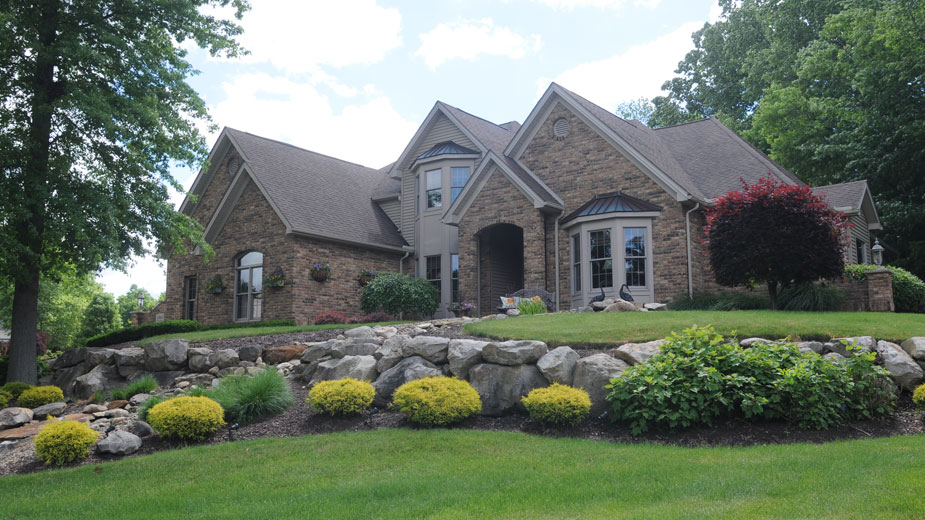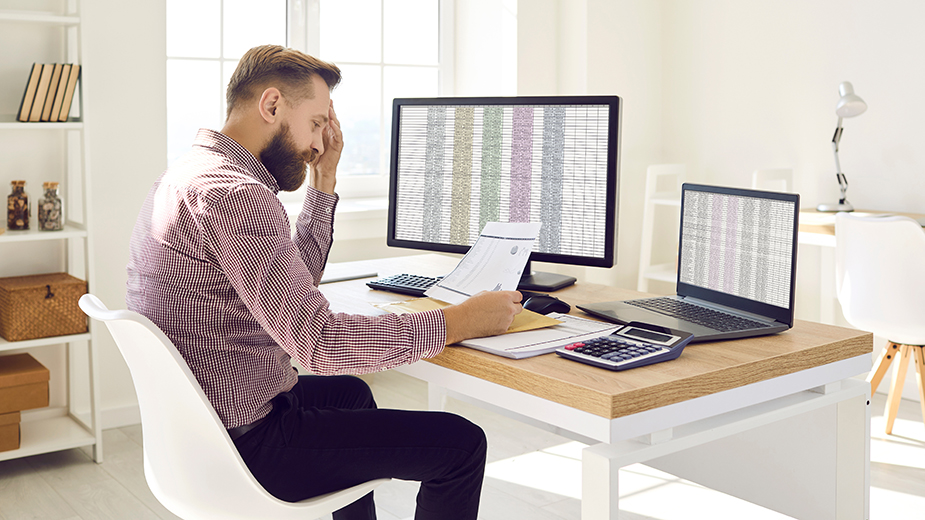The Hidden Costs of Owning a Second Home
Paulette C. Pasquale, CFP®
A second home can be a place where multiple generations can come together and celebrate or a getaway home for a change of scenery. It can be a fitting perk that complements your retirement lifestyle. The obvious costs are easy to compute, but so are the hidden costs if they are understood before the buying decision is made.
Down payment and mortgage considerations. Homes that are not a primary residence typically require larger down payments (>10%) and banks may have tighter credit requirements for a second mortgage. In today’s low interest rate environment, loan demand is high, and bankers can be more selective on the loans they chose to write and at what rate.
Monthly ownership expenses. Owning a second home adds a second set of monthly expenses that are estimated to run about $700, according to realestatescorecard.com. These include utilities, property taxes, insurance, lawncare, homeowners association (HOA) fees, etc. Some of these costs may be higher than for your primary home due to
location, higher insurance premiums for non-occupied or rental property and additional coverages such as fire, flood, earthquake or other natural disasters.
Maintenance costs. Since you will not be living there full time, you are going to have to pay for things such as landscaping, repairs, replacement appliances or furnishing damaged by renters, security, etc. Some of these may be included in your HOA, but many will not. If you are renting out the home when you are not there, you will also have the cost of cleaners between rentals.
Property management. You should consider how to or who will keep an eye on your home on a regular basis so that any problems can be quickly addressed. You may find hiring a property manager to be an additional expense that
is well worth the cost. You will have someone local to keep an eye on the property, assist renters, provide routine maintenance, etc.
Furnishings. You are outfitting a second home, which will require a second set of furnishings, décor, linens, as well as outdoor furniture and tools. Keep in mind that if you are also renting the property, you may also incur costs for repairs or replacement if damaged by renter.
Income taxes. If you are planning to rent the property when you are not using it, you will have to report any income and expenses on your tax return, and potentially have taxable income. Of course, it is possible that you will not make money on the property; rather it will be a cost for you to bear.
Usage. You should consider how much time you will actually spend there. When you consider the travel expenses, you may find you will use the home less than you imagine. Another factor to consider is whether you are happy going to one place or would prefer visiting other places.
Buying a getaway home and its subsequent costs should be carefully weighed against your long-term goals and objectives. Talk to a financial advisor about how buying a second home will factor into your larger financial plan. You want to ensure you can purchase a home without sacrificing your other financial goals.
Certified Financial Planner Board of Standards, Inc. (CFP Board) owns the CFP® certification mark, the CERTIFIED FINANCIAL PLANNER™ certification mark, and the CFP® certification mark (with plaque design) logo in the United States, which it authorizes use of by individuals who successfully complete CFP Board’s initial and ongoing certification requirements.
Copyright 2024 The Business Journal, Youngstown, Ohio.



